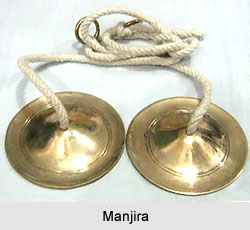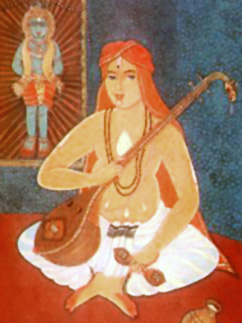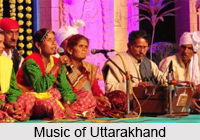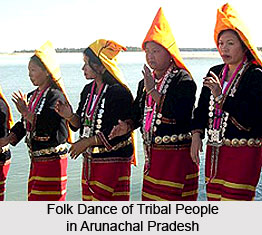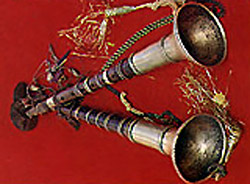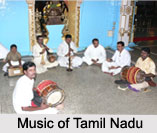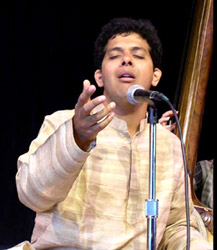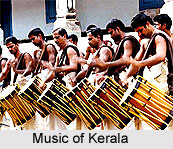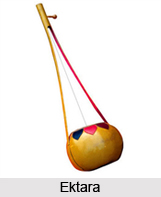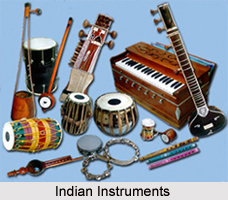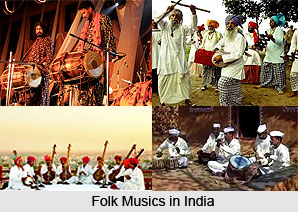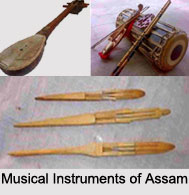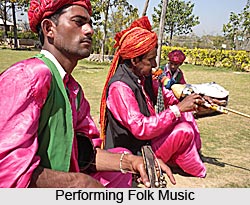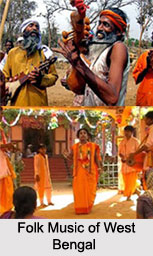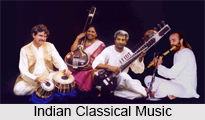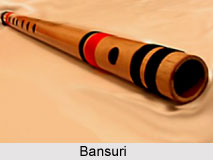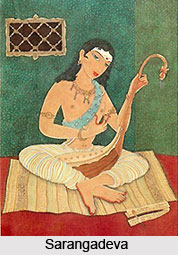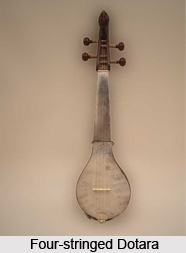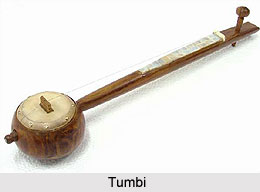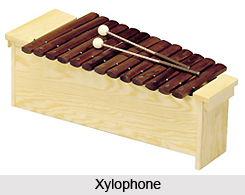In the compositions of Ramamatya he refers himself as an author and grandson of famous musician Kallapadesika. He was the harbinger of new era in Peninsular India. In his musical treatise he has described twenty melas, beginning with Mukhari and sixty-four Janya-ragas. The Veena with twenty-four frets is the final stage of Ramamatya`s technical strategy of Suddamela, Madyamela and Regunathamela.
His shift from tradition is not radical. In the introduction of his composition he depicts the contemporary scene. His work is considered as a turning point in history of Carnatic music. He resolves the practice and theory of music. He speaks about 70 ragas under 20 principal scales of melas. Several techniques have been elaborated in Sangita Ratnakara.
He safeguarded Carnatic music from Persian influence. He was the grandson of Chatura Kallinatha who wrote Svaramela-kalanidhi as per the request of Rama Raya. Amatya is a conferred title.
Svaramelakalanidhi
The work has four chapters: Svaraprakarana, Vinaprakarana, Melaprakarana and Ragaprakarana. All together it has 328 couplets. This work reflects the evolution of a hoary past. Veena, mela and raga have been defined clearly and this work is an authentic introduction to the modern period in the history of Carnatic music. Ramamatya advocated that Marga Sangita is identical with Gandarva - the ancient chant of Archika, Gatika, Samika and Svarantra types. `Gana` was considered as Desi; Margi was static.
He used the term mela in the sense of `Genus`. He had listed twenty-two melas which is a pioneering attempt at a clear enunciation of `scale-notes`-`Sadja` and `Panchama`. The demarcation of mela and raga depends on the technique and structure and Veena. Raga is considered as a product of the imagination out of which originates the concept of Madya Mela Veena. This is the primary step in scientific development and systematic classification and Ramamatya is a pioneer in this regard. Three types of veena have been referred: suddamela veena, madyamela veena and achyutarajendra vina. Each had two types, namely: Eka raga veena in which frets on the stem are shifted left and right to arrive at the requisite scale and Sarvaraga veena in which frets are fixed and has to be adjusted to suit the ragas and the different octaves. Practical music is given high priority.
